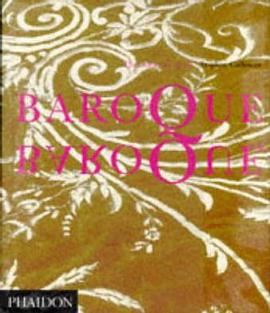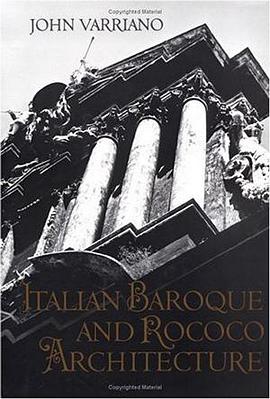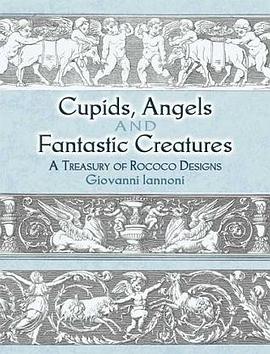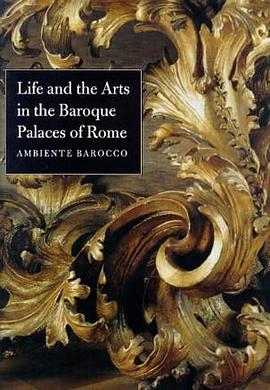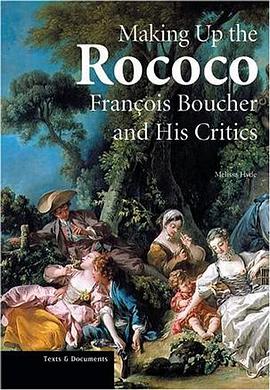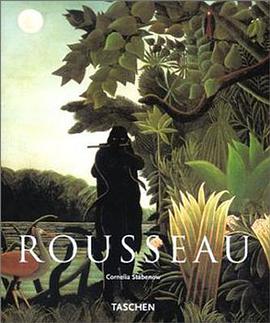

具体描述
Henri Rousseau (1844-1910) emerged from humble circumstances - reflected in his nickname, "the customs official". An employee in the Paris customs bureau, Rousseau was an autodidact who incrementally worked his way into a position among the artists who were renewing the art world at the turn of the century. It was a difficult journey - for years the art world laughed at the layman's flat, icon-like figures, simple landscapes and, in his late phase, exotic jungle scenes. However his "naive" compositions in fact became an emblem that piqued the interest of the avant-garde. Rousseau's jungle paintings consisted of ornamental variations of plant leaves, among which he set brilliantly coloured predators, natives and naked beauties. In so doing, the artist evinced intuitive principles of design and compositions, which subsequent avant-garde artists had to work out for themselves with great effort. Ultimately winning recognition as an uncompromising modernist, Rousseau inspired comparison with Derain, Cezanne, Matisse and Gauguin. He became acquainted with Apollinaire, Delaunay, Picabia, Brancusi and other important figures; in 1908, Picasso held a legendary banquet in his honour. Today, "Rousseau's myth," a fascinating mixture of primitive idyll and flight from civilization, of concrete and abstract, holds a secure place in the history of art.
作者简介
目录信息
读后感
评分
评分
评分
评分
用户评价
相关图书
本站所有内容均为互联网搜索引擎提供的公开搜索信息,本站不存储任何数据与内容,任何内容与数据均与本站无关,如有需要请联系相关搜索引擎包括但不限于百度,google,bing,sogou 等
© 2026 book.wenda123.org All Rights Reserved. 图书目录大全 版权所有


